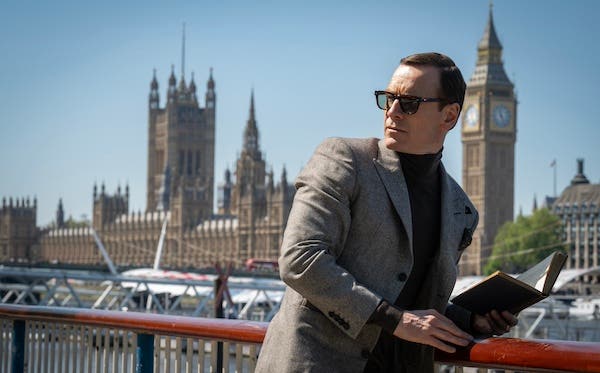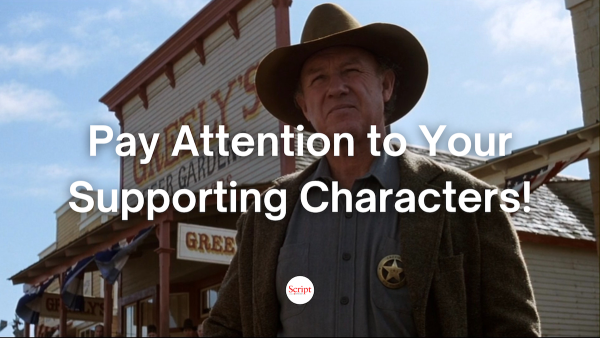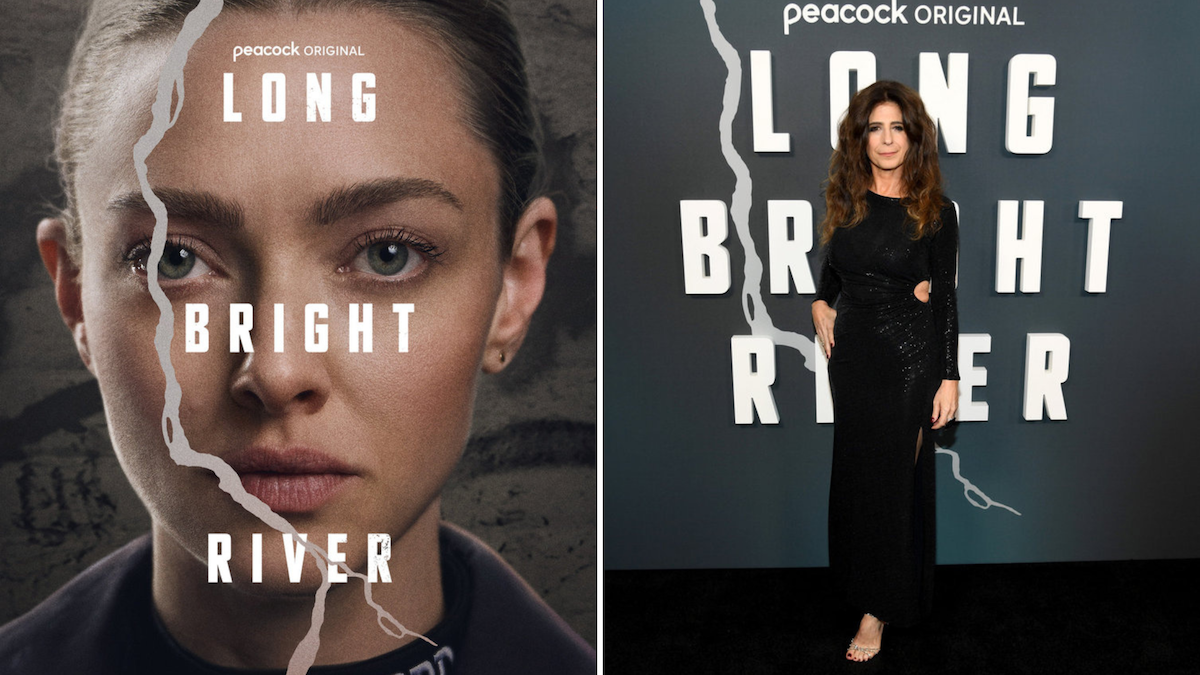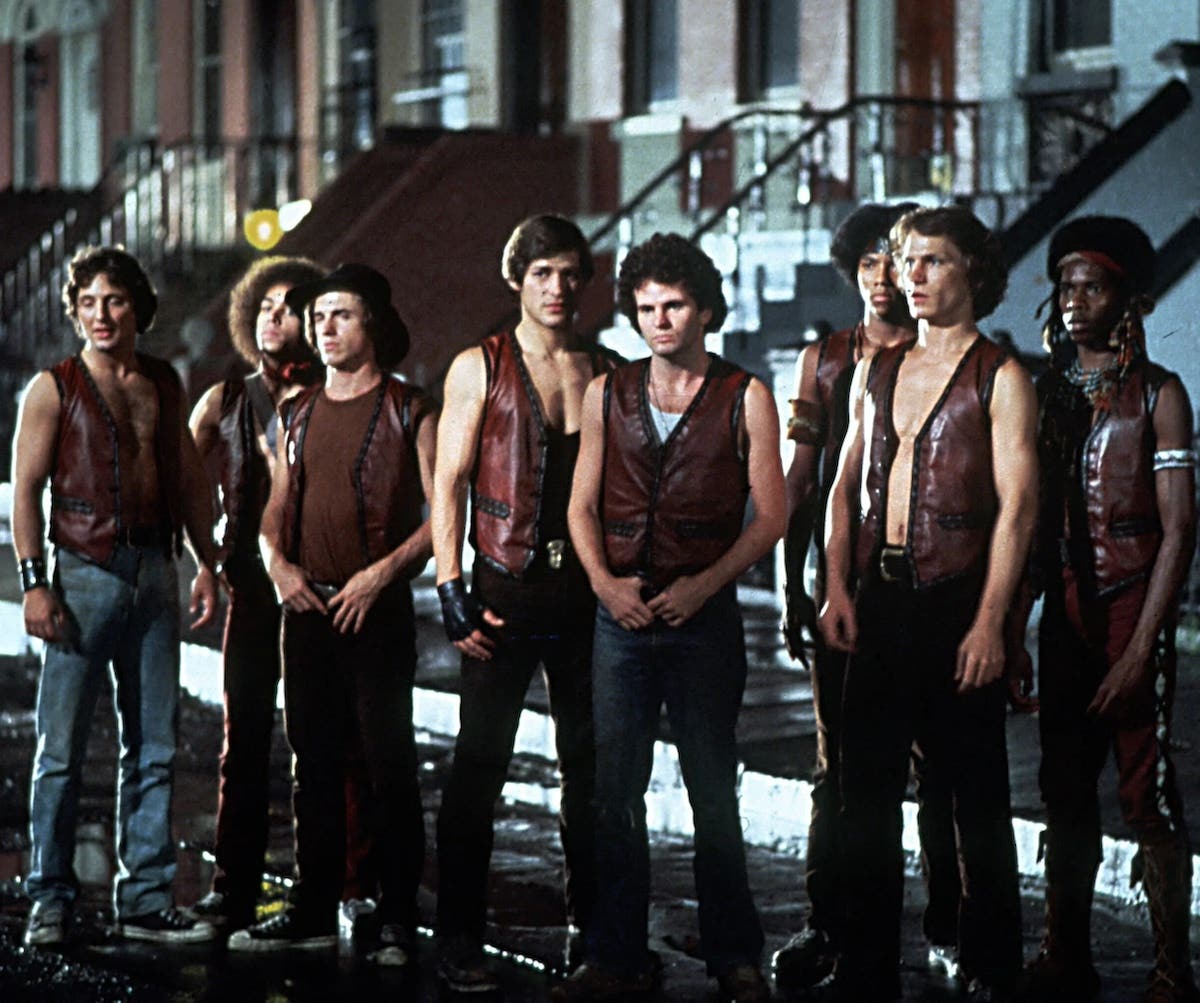Balls of Steel™: Advice on Adapting a Book to Film
Sometimes the story works best on the page, but other times, we read the prose, knowing it would make a killer movie. Learn tricks for adapting a book.
Bookstores are a writer’s crack house. I walk down the aisles, dancing my fingers over the bindings, lips quivering, wanting a fix.
Sure, I get out my hand sanitizer after, but while I’m touching the spines, I imagine the characters and stories within those pages. Countless authors’ blood, sweat, and tears are ripe for the reading.
But what if these stories were to be on the big screen instead of within a binding?
Storytelling comes in many forms. Sometimes the story works best on the page, but other times, we read the prose, knowing it would make a killer movie. The question is do you have the guts and the tools to adapt it?
When I first read Douglas A. Blackmon’s New York Times Best Seller and Pulitzer Prize-winning book, Slavery by Another Name, I knew it had cinematic elements I could bring to life. This was a movie I would want to see, and a challenge I desperately needed at that stage of my career.
Finding the book is half the battle, but getting the rights can sometimes mean war.
Contact the Author
Unlike space creatures, authors are surprisingly easy to make contact with. Often their email is on the book’s website. Other times, you have to search out the author’s agent. I’ve done both. Of course, speaking to the author directly is best.
Since most novelists dream of having their stories on the big screen, there’s no need to bite your nails off while dialing the phone. They’ll welcome the call. Just be polite, direct, share your expertise, and don’t act like a lunatic. The worst thing that could happen is they say the rights are already taken. As writers, we’re used to rejection. Roll with it.
But for me, I never like to say, “what if?” so it’s worth the risk to ask. Just take a gulp of courage and pick up the phone. If the rights are still available, pitch your heart out.
What if the author wants to be involved?
In my case, Doug still owned the rights to the book, and I had no money to buy them. We decided to share the risk and struck a deal of co-writing the adaptation – he pulled the rights off the market to give me a shot, and I agreed to a partnership instead of coughing up the money.
For us, it worked fabulously, but for a different team, it might not have. Mind you, we took almost six month’s time getting to know each other before reaching the decision to write as a team. Don’t take the courting phase lightly, but keep an open mind when negotiating and don’t automatically rule out the author’s input.
Some authors are gracious with changing their work to fit the screen, as was Doug. But typically, the author is not involved. The book is his, and the adaptation belongs to you. Your job is to tell the most engaging story you can in a visual way, and usually, the result will be markedly different from the book.
Who Are You Trying to Please?
When adapting a novel, we often feel pulled between pleasing the author, their loyal readers, the viewing audience, and ourselves. Get over that disease-to-please pronto. You simply can’t create a product that will make everyone happy, and that isn’t your job.
Your number one job is to tell an amazing story. Period.
The reality is, you will have to make cuts that might offend the readers as well as the author. But your task is to leave your mark. Michael Hauge once told me there’s no point in doing an adaptation if you tell exactly the same version of the story.
Storytelling is art. Tell the story, but make it fit the format of a film.
People often say the author has full control of his story in novel form, but that’s not entirely true. He can’t control the audience’s imagination. What an adaptation screenwriter does is bring that imagination to life. Even then, she has the help of the director, actors, director of photography, costume designer, etc. Let your imagination run wild! Free yourself from the confines of the novel.
But if the author’s original work is what speaks to you, by all means, the choice is up to you. That’s the whole point. You are in control in an adaptation.
Find the Story
Storylines that support a 400-page book cannot possibly fit into 110 pages of script. Get your chainsaw ready to start pruning.
Cutting happens in layers. First identify the theme and the protagonist’s outer motivation. If the subplots don’t support them, cut them, along with any minor characters that are distracting. Then layer the outer motivation with the hero’s inner motivation. Again, if a plot point has nothing to do with either, cut it.
However, finding the inner wounds of a character is much harder when adapting nonfiction. Normally, we have the hero’s fictional wounds and personality defined first, then we craft the character’s choices based on those facts. But in nonfiction, we know the actions the real-life characters took, but not necessarily their inner motivations.
That was the case in Slavery by Another Name. We had to examine the character’s actions and then decide what kind of person would make that choice. In a way, it’s backwards character development. This is where all my years of therapy came in handy. Just saying.
The process of finding the story requires multiple reads of the novel. You will break the book’s binding. But this is your research phase, and the most important. Good story is defined by the choices the writer makes. That’s even truer with adaptation.
Outline
Just as if the story were an original idea, an adaption needs to meet the expectations of the audience and the studio.
Map out the plot and character development, but keep in mind, you don’t need to follow the original order of the novel. If reordering events tells a more compelling story, then do it. Or perhaps you’ll decide to tell the story from a different character’s point of view.
Take Charlie Kaufman’s Adaptation, for example. While Susan Orlean wrote a compelling true story in The Orchid Thief, Kaufman put an entirely different twist on this tale and moved the audience in a way they would never have expected had they read the original book. Genius.
Dialogue and Descriptors
If it ain’t broken, don’t fix it. But sometimes the original dialogue may be too on-the-nose or the descriptors flowery and overabundant. Look at the author’s work and see what will hold up in script format.
“The debris of commerce is everywhere” is a line I pulled straight from Doug’s book. Almost every reader highlighted it, saying they loved it. I didn’t need to reinvent the wheel in that description, especially when using a talented author’s words as my foundation.
Ending
The ending of the book may not be the most satisfying ending for a film audience. I’ve certainly read some that leave me scratching my head. Now is your chance to fix it.
Did I hear some of you gasp?
Yes, you can change something as significant as the ending, but only if you have discovered a more cinematic and compelling one. Don’t just change it to piss on your territory. Honor the story.
Remember, the number one rule is to tell an amazing story.
Bottom-line, adaptation is a fine balance of crafting a new story from an original one, all while respecting the author, the reader, and the filmgoers. It’s one hell of a circus act, but a version of screenwriting I urge you to try.
In fact, try an adaptation just to add to your writing samples. Pick a classic that is public domain, with no need to garner an author’s permission, and then practice. This is your “Save the Cat!” moment. What will you do? What choices will you make to progress the story and make it your own?
Yes, I’m double-dog daring you to try it. After all, many managers and agents want screenwriters who know how to write adaptation. Be proactive and have one in your arsenal. The exercise isn’t necessarily to sell it, but to prove you can write one like a pro.
Adapting Slavery by Another Name and finding the film’s story within the book’s 70 years of history was a Herculean task. It only got harder when the book won a Pulitzer while we were writing the script. The bar was raised to a level I never dreamed. But now that I’ve done it, I have no fear of taking on even the toughest assignment. Dialing the phone to call Douglas A. Blackmon, former senior national correspondent of The Wall Street Journal, changed not only my career, but also my life.
Pick up a book, open the pages, and find the story. Every adaptation starts with the beat… and saving a little cat.
Related Articles:
- Adapting for the Screen: Heaven and Hell
- Good Vibrations: Screenwriters Stephen and Johah Lisa Dyer on Hysteria
- Balls of Steel: Challenge Yourself to Change
Tools to Aide in Adaptation:
- Novel to Script: How to Adapt, Structure, and Sell a Screenplay Based on a Book
- Adapting Sideways: How to Turn Your Screenplay into a Publishable Novel
- The Art of Screenwriting: Adaptation: Phil Alden Robinson, Robert Nelson Jacobs, and Eric Roth
- Story by Robert McKee
Learn How to Turn a Book Into a Movie with our FREE Download on Tips for Acquiring Book Rights and Writing an Adaptation
Jeanne Veillette Bowerman is a Senior Executive at Pipeline Media Group and Book Pipeline, Editor-in-Chief of Pipeline Artists, Director of Symposium—a year-round conference in the arts, co-host "Reckless Creatives" podcast, partner at Fringe Press, former Editor-in-Chief of Script magazine and a former Senior Editor at Writer's Digest. Recognized as one of the "Top 10 Most Influential Screenwriting Bloggers," her "Balls of Steel" column was selected as recommended reading by Universal Writers Program. A compilation of her articles is now available at The Writers Store—Balls of Steel: The Screenwriter's Mindset. She is also Co-Founder and moderator of X's weekly screenwriters’ chat, #Scriptchat, and wrote the narrative adaptation of the Pulitzer Prize-winning book, Slavery by Another Name, with its author, Douglas A. Blackmon, former senior national correspondent of The Wall Street Journal. More information can be found on her website. X: @jeannevb | IG/Threads: @jeannevb_ | BlueSky: @jeannevb.bsky.social







